Scientists discover X-rays coming from Uranus
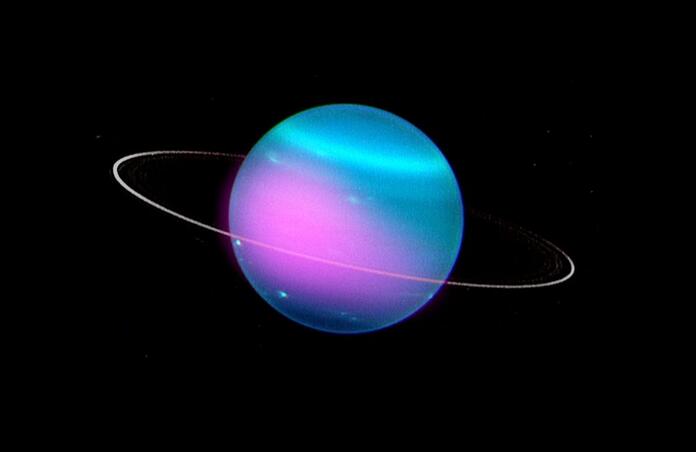
Observations from the Chandra X-ray observatory reveal unexpected X-ray emission from the Solar System’s third largest planet.
The seventh planet of our Solar System hasn’t revealed all its secrets yet. Of too low magnitude to be observed with the naked eye, the ice giant is composed of a small core surrounded by a dense fluid of water, methane and ammonia, with a gaseous atmosphere containing hydrogen, helium and some methane. Less impressive than Saturn’s, there are nonetheless 13 rings and 27 moons orbiting the planet. Its most striking feature though is its 98° sideways tilt (where the Earth’s is only 23°).
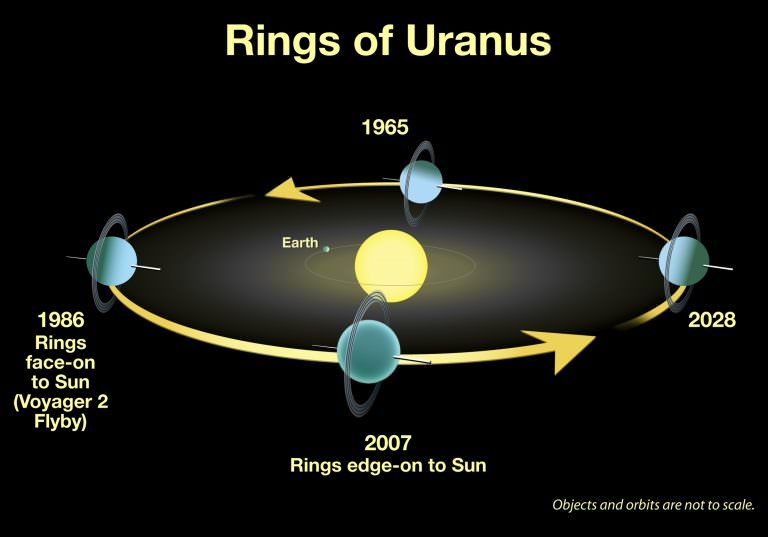
Only the Voyager 2 spacecraft has gone the 3 billion kilometres to the planet, launched in 1977 and getting closest to Uranus in 1986 (then only reaching interstellar space 3 years ago, 6 years after its colleague Voyager 1, which however didn’t pass by Uranus). Chandra data from 2002 (cover image) and 2017, when it was pointed at the ice giant, has been analysed again to discover Uranus' X-ray activity.
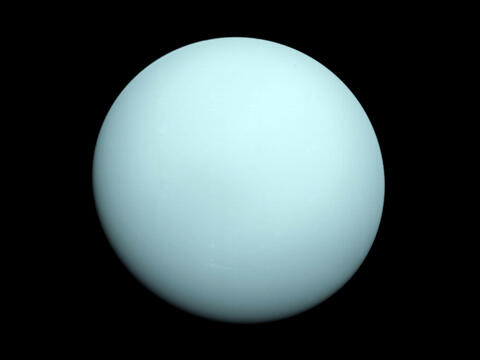
Closest image by the Voyager 2 probe (visible) 2017 image by Chandra (X-ray)
Until now, X-ray emissions had been detected from every planet in the Solar system except from the icy giants Uranus and Neptune. Most of the time, they can be explained by a scattering of X-rays coming from the Sun. In the case of Saturn, in particular its rings, further emission is produced by fluorescence: similarly to the absorption and emission processes that occur in nebulae for instance, there it’s the oxygen of the water molecules in the icy rings that absorbs a photon from the Sun, causing an electron to be in an excited state, then the oxygen emits the photon when the electron transitions back to the ground state. The specificity of fluorescence, as you can see in the diagram below, is that the absorbed photon is at a higher energy than the emitted one because the electron transitions without emitting light in the higher excitation states.
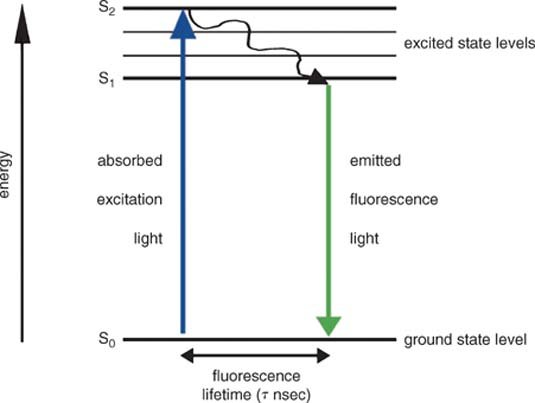
Uranus is also surrounded by energetic photons, so potentially the “extra” X-rays could be produced from their interaction with the oxygen of icy water in the rings. Another hypothesis, that explains the emission from the planet itself and is well-studied for Jupiter and Saturn, is the phenomenon of auroras. As with the ones we observe on Earth, what happens is that charged particles (mostly electrons) are ejected from the solar surface by solar wind. Once they reach a planet with an atmosphere and a magnetic field, they get accelerated along the magnetic field lines and precipitate into the upper atmosphere, where they ionize the atmosphere’s atoms (mostly hydrogen), causing the famous effect. The Hubble Space Telescope had already imaged auroras in visible wavelengths, the Chandra data might lead to an understanding of the correlation between visible and X-ray auroras.
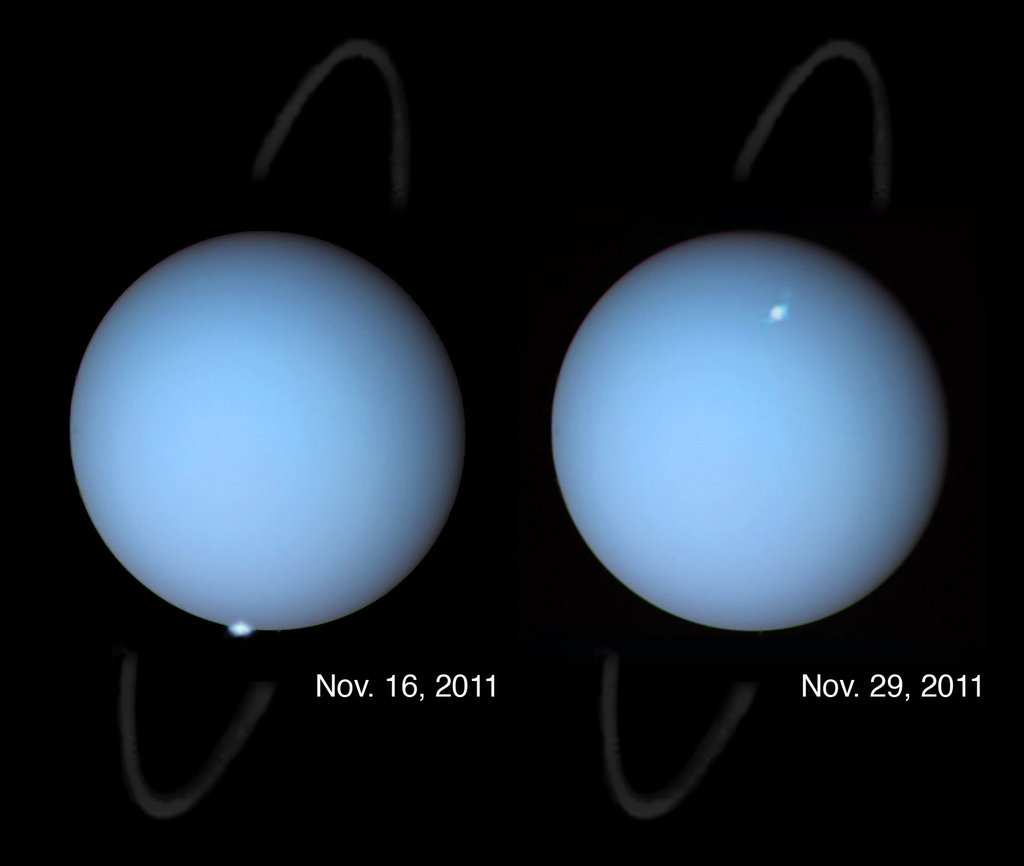
Uranus’ magnetic field is as tilted and off-axis as its rotation, which on one hand implies that auroras there would be much more complex and beautifully shaped, but also that observations are more difficult. ESA’s Athena X-ray observatory and NASA’s Lynx one will be even more powerful than Chandra, with longer exposures of the icy giant they could map the locations and fluctuations of the emissions. NASA is even considering sending a probe to the icy giants – our Solar System’s least well understood planets Uranus and Neptune still have things to tell us about themselves, the formation of the System and even exoplanets, many of which are sub-Neptune sized.
Cover Image: 2002 observation, NASA/CXO/UCL/W. Dunn et al; W.M. Keck Observatory
Image Credits:
1 - Uranus' tilt, NASA, ESA, and A. Feild (STScI)
2 - Uranus by Voyager 2, NASA/JPL
3 - 2017 observation, NASA/CXO/UCL/W. Dunn et al; W.M. Keck Observatory
4 - Fluorescence, D. Lleres et al.
5 - HST images of Uranus, ESA/Hubble & NASA, L. Lamy / Observatoire de Paris
